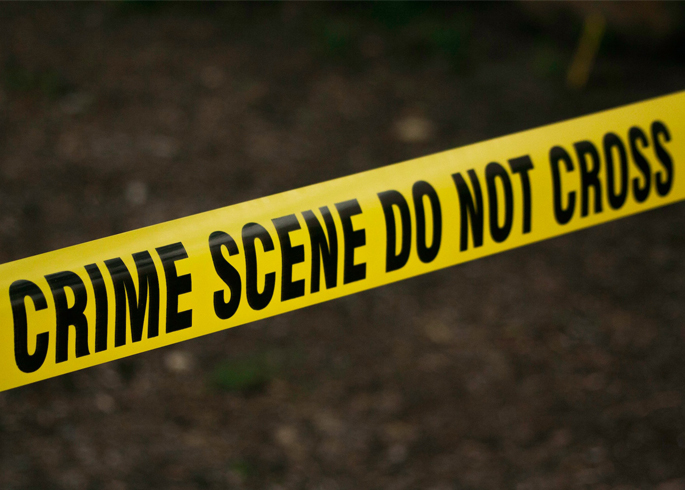
If you are considering moving to Florida, make sure that you are familiar with the laws and regulations of our state. The red flag law is a piece of legislation that may go against the idea of Florida’s pro-firearm stance, however, it does provide safety to the general public, so be aware.
First, what is the red flag law, and why does it matter? After a mass shooting at the Connecticut Lottery in 1999, Connecticut became the first state to pass a red flag statute. After the murder of an Indianapolis police officer by a mentally unstable man in 2004, Indiana enacted its law, which it named Jake Laird's Law. Oregon, Washington, and California all passed red flag laws in subsequent years, respectively in 2016 and 2014. After the mass shooting in Isla Vista by Elliot Rodger, the California legislature became the first in the nation to enact a "red flag" law allowing family members to petition state courts to remove weapons from persons deemed a threat; the California law also allows law enforcement officials to petition the court for an order for the removal of guns from an individual for up to twelve months. Florida also has the same law.
What is the Red Flag law in Florida?
Florida's "red flag law" is a type of gun restriction that allows law enforcement to seek a temporary restraining order from a court to prevent an individual who poses an imminent threat to himself or others from obtaining firearms. The judge issues the order after considering the gun owner's comments and behavior. Those who disobey the command are subject to legal consequences. Guns are returned to their owner after a specified period of confiscation unless the period of seizure is extended by a judge.
Why is it Important?
The law's proponents argue that it was previously difficult to take weapons away from those who were making threats or who were experiencing significant mental breakdowns. The Parkland shooter had no felony convictions or involuntary long-term mental commitments, so he would likely have been permitted to keep his guns even if investigators had acted on indications that he was threatening to carry out a school massacre.
What Happens Once the Order is Filed?
Once the Respondent has turned over all firearms and ammunition to law enforcement by the Risk Protection Order, the Respondent will be given a receipt stacking everything that was taken. Upon the expiration or revocation of the Risk Protection Order, any confiscated firearms or ammunition will be restored to the Respondent.
What Happens if the Order Isn’t Followed?
Any violation of a red flag law may result in severe penalties. Any breach by the Respondent of the terms of the Risk Protection Order might result in a third-degree felony, which carries a maximum sentence of five years in prison and a fine of up to $5,000.
After deliberating for less than an hour, a Broward County Jury found Jerron Smith guilty of breaking Florida's red flag law for failing to turn over his guns to authorities. In 2018, after Smith was accused of shooting at a car during an argument, a Risk Protection Order was initially sought against him.